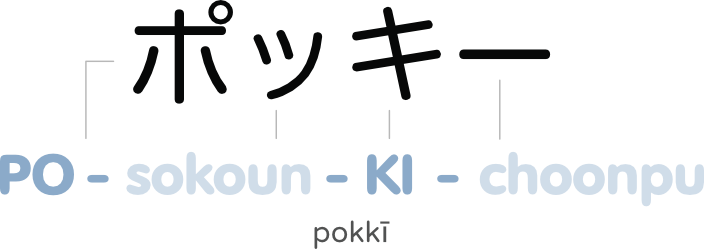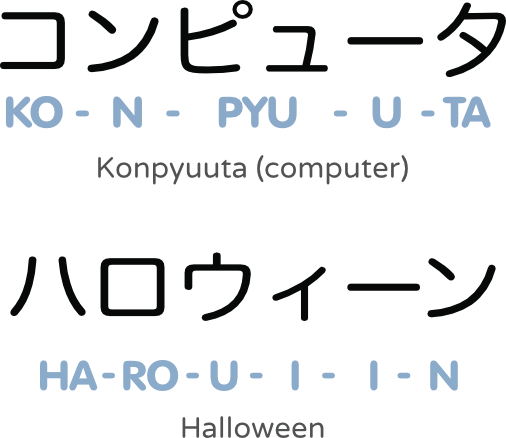Hiragana and Katakana Audio Chart
Hiragana and Katakana Audio Chart
The Japanese written language is comprised of three different writing systems: Hiragana, Katakana and Kanji. Hiragana and Katakana are both referred to as Kana.
• Katakana is used mainly to write foreign words that have made their way into Japanese. It has sharp and angular lines.
• Hiragana is used to write native Japanese words or to spell words that don't have their own Kanji. It has smooth and cursive lines.
• Kanji are the busy looking characters derived from Chinese.
The Kana are considered "syllabaries" rather than alphabets and there 46 basic characters in each. These characters can be modified in various ways by adding Dakuten, Handakuten, Yoon, Sokoun and Choonpu.
[table id=1 cache_table_output=false /]
Dakuten and Handakuten
These are the two small strokes to the right which change the sounds of K to G, S to Z, T to D and H to B.
[table id=3 cache_table_output=false /]
Yoon
These are smaller versions of the や (ya) ゆ (yu) andよ (yo) characters which modify the basic sounds:
[table id=4 cache_table_output=false /]
Sokoun
This is a smaller Hiragana つ or Katakana ツ, that indicates a slight pause between two syllables.

Pocky, (a Japanese snack food) is written pokkī in rōmaji (romanized spelling used to transliterate Japanese) .The sokuon is represented by the doubled k consonant.
Choonpu
This dash-like character is used to elongate the previous character.

You will mostly see this in Katakana.
Wi and We ?
You may see wi ゐ (hiragana) and ヰ (katakana) and we ゑ (hiragana) and ヱ (katakana) appearing in other resources but we have omitted these from our Hiragana and Katakana Audio Chart as they are considered obsolete in modern Japanese since 1946.
What Next?
Hopefully you have found our Hiragana and Katakana Audio Chart useful in your journey to master Japanese. Check out our Japanese Products, our Hiragana and Katakana apps include complete mnemonic learning systems as well as many different types of quizzes (reading and listening) and practice material. Oh and of course the mobile apps includes their own offline Hiragana and Katakana Audio Chart too.

